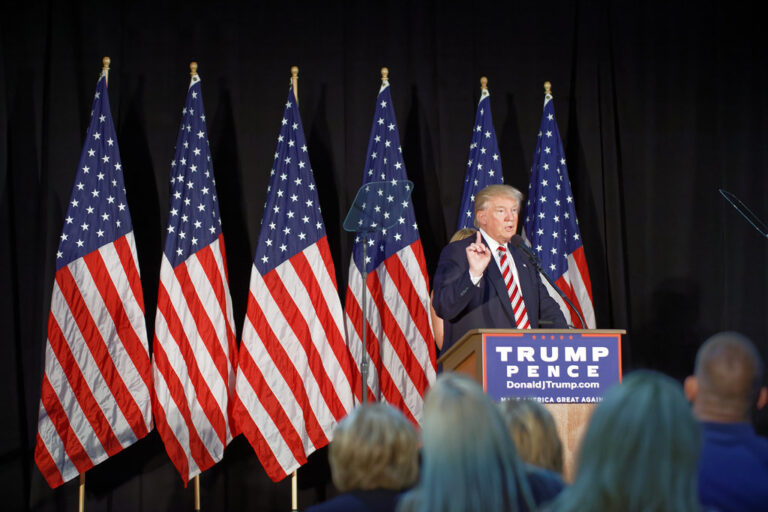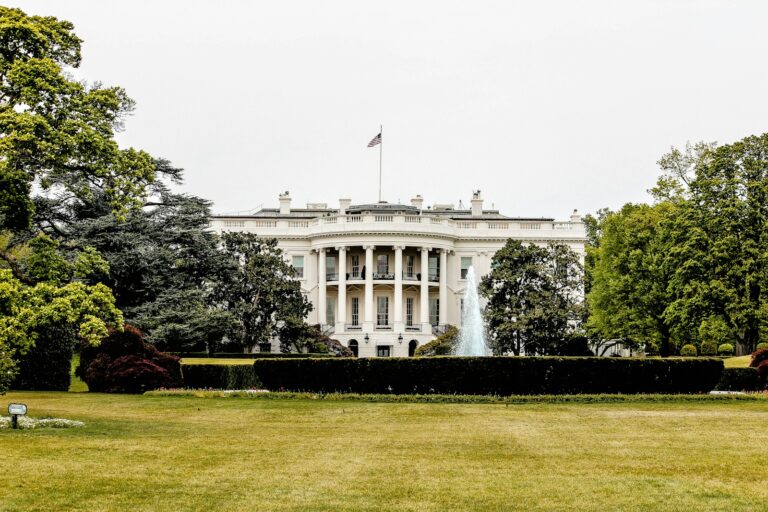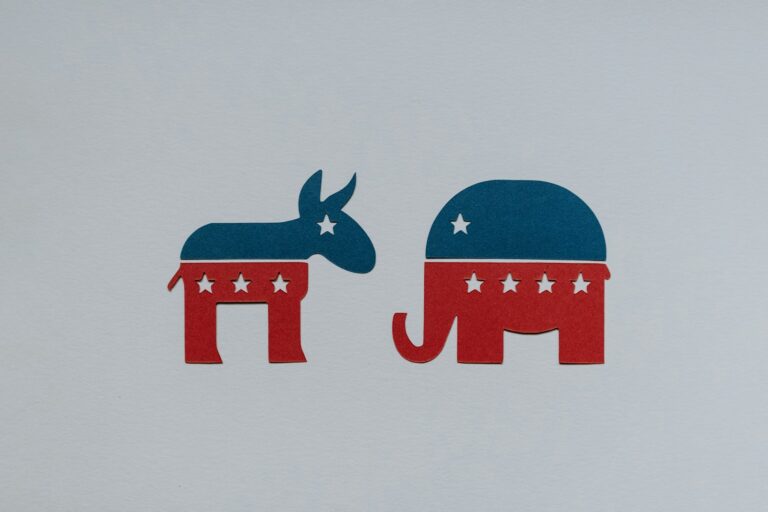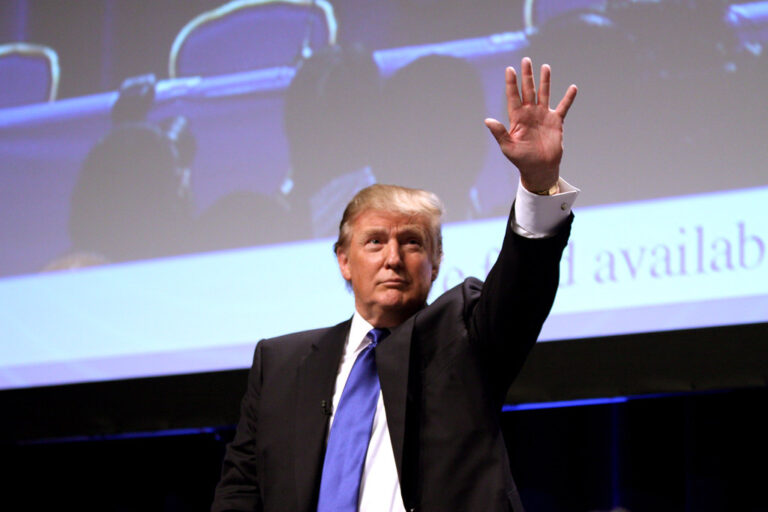Key Takeaways
– Rep. Mike Flood faced a loud, angry crowd at a town hall in Lincoln.
– Voters jeered his push for a Trump-backed bill cutting Medicaid, food aid, and green energy credits.
– Flood defended work rules for Medicaid and said budget limits force food stamp cuts.
– This marked his second disrupted town hall this year.
Town Hall Erupts in Lincoln
On Monday evening, Rep. Mike Flood stepped up to speak at a community meeting in Lincoln. However, he quickly met a sea of boos and shouts. Many constituents yelled questions and angry remarks as soon as Flood mentioned the new bill. In fact, the event fell apart almost as soon as it began.
Flood tried to outline the major features of the so-called One Big Beautiful Bill Act. This hefty package includes tax cuts and reductions to Medicaid benefits, food assistance, and green energy credits. Yet, as he spoke, his audience drowned him out with loud chants and pointed questions. The crowd’s first demand was simple: “Did you read it?”
Work Requirement Sparks Boos
Soon after, Flood turned to explain changes to Medicaid. He said the bill would require able-bodied adults to work if they want free health coverage. Otherwise, he warned, they would lose their Medicaid benefits entirely. Once again, the crowd erupted in boos.
Moreover, Flood tried to drill down. He asked, “Should a 28-year-old who can work but refuses still get free health care?” Instead of quiet, he received a collective “Yes” from the audience. Flood then argued that Nebraskans would not agree with that view. The crowd cheered their own stance, making it clear they disagreed with him.
Food Stamp Cuts Fuel Anger
Next, a constituent stood up and asked why the bill would cut food stamps. Flood answered that the federal government cannot spend unlimited funds. He insisted that budget constraints force tough choices. This comment triggered another wave of shouting and protests.
Because many families depend on food assistance to afford groceries, this proposed cut struck a nerve. Some parents waved their hands and shouted personal stories about feeding children. Others called the bill unfair and out of touch with real-life struggles. As Flood tried to respond, the noise only grew louder.
Flashback to March’s Town Hall
It was not the first time Flood faced this kind of reception. Back in March, he hosted another town hall that ended in chaos. On that day, scores of constituents packed the room to criticize his stance on health care. Lawmakers often call such meetings a chance to connect with voters. Yet, both times Flood tried, he faced an equally upset crowd.
At that March gathering, people shouted about rising costs of medicine and poor access to care. Flood listened politely but could not calm the crowd. The meeting ended with many constituents walking out in protest. Since then, local media have noted how rare it is for a lawmaker to meet such fierce opposition twice.
Why Locals Are Frustrated
Several factors explain the strong reaction in Lincoln. First, people fear losing critical health benefits. They worry that work requirements will leave the most vulnerable without coverage. Second, rising grocery prices make any cut to food stamps feel personal and unfair. Third, constituents see the bill as a major shift in social safety nets that helped families during hard times.
Moreover, many residents feel left out of the decision making. They note that lawmakers often move large bills quickly, without clear public debate. Thus, when Flood stood before them defending the cuts, they saw it as tone-deaf. They believe their stories and struggles should shape policy, yet they feel ignored.
Flood’s Defense and Next Steps
Despite the uproar, Flood insisted he represents Nebraskans’ best interests. He pointed to potential tax cuts as a benefit that could boost local businesses. Additionally, he said the bill aims to reduce federal spending and curb national debt. Yet, these points did little to calm the crowd.
Looking ahead, Flood still plans to pass the bill through Congress. He said he will hold more town halls to explain details and gather feedback. Nevertheless, after two heated meetings, it remains unclear how he will win over skeptical voters.
Community Response and Calls for Action
Meanwhile, local advocacy groups have organized follow-up events for constituents. They want to ensure that voices from vulnerable communities reach lawmakers. In fact, some residents plan to attend upcoming sessions in neighboring towns. They hope to press all local representatives to oppose cuts to vital programs.
Also, social media posts from Lincoln residents have gone viral. People have shared video clips of the shouting matches to urge others to get involved. Many are calling for phone banks and letter-writing campaigns to influence key congressional votes. Their goal is simple: protect health care and food assistance for families in need.
What This Means for National Politics
Moreover, the clash in Lincoln highlights a broader divide in America. On one side, lawmakers push big spending bills with new limits and cuts. On the other, voters demand strong social safety nets and worry about rising costs. This split has fueled fierce debates in Congress and across news outlets.
Furthermore, since the bill carries the Trump name, it carries extra weight on both sides. Supporters praise its promise to shrink government and boost the economy. Critics claim it undermines basic support systems and favours wealthy Americans. As a result, each town hall becomes a microcosm of this national debate.
Lessons for Lawmakers
First, lawmakers need to know their audience. Town halls may help them learn what voters really want. Yet, these events only work if people feel heard. Second, clear communication matters. Complex bills need simple explanations, especially when they affect basic needs like health care. Third, timing and setting count. When people are already stressed by bills and high prices, talk of cuts can spark outrage.
In light of these lessons, Flood and his colleagues may rethink their community outreach. Some suggest smaller meetings with stakeholders before large public gatherings. Others advocate for online forums to gather questions in advance. By doing so, they hope to reduce surprises and build trust.
Conclusion: A Town Hall to Remember
In the end, Flood’s Lincoln town hall became a showcase for voter anger and frustration. Constituents made clear they oppose cuts to Medicaid and food stamps. They also demanded that representatives read bills before defending them. As the country watches, this showdown may influence how Congress handles big legislation in the future.
At its core, the clash reminds everyone that government decisions touch real lives. When benefits that many rely on are at stake, people will speak out—loudly. Lawmakers who face town halls next may need new strategies. Otherwise, they risk the same fate as Rep. Flood: being drowned out by a crowd that demands to be heard.









